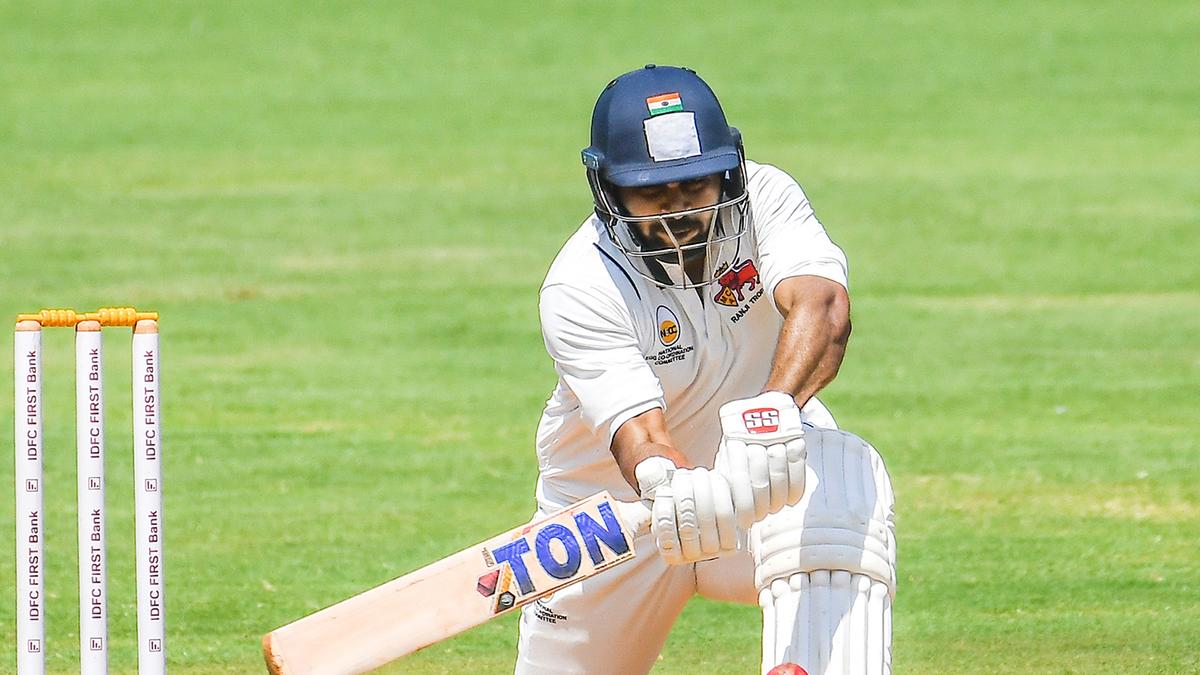Ranji Trophy 2024-25: Despite India snub, nonchalant Shardul only wants to focus on the future


Ranji Trophy 2024-25: Despite India snub, nonchalant Shardul only wants to focus on the future
A gritty fifty in challenging conditions, followed by the key wicket of Abdul Samad, were the highlights for Shardul Thakur as he helped Mumbai crawl back into the game against Jammu and Kashmir despite a batting collapse in the first innings.
However, he wasn’t willing to glorify his performance. “What can I talk about my quality? Others should talk about it,” he said after the day’s play.
With the Indian team management looking beyond him in red-ball cricket, there are questions over his future in international cricket. However, with another all-round performance, Shardul reminded the national selectors of his capabilities.
“They should see that if someone has quality, he should be given more chances. I like batting in difficult situations. In easy situations, everyone does well. But how you put up the show in adverse situations matters. I see tough situations as a challenge and always think about how to overcome that challenge…” he said.
Mumbai was struggling at 47 for 7 at one stage before Shardul and Tanush Kotian forged a 63-run stand for the eighth wicket at the MCA-BKC ground, which helped the home team breach the 120-run mark.
Despite being snubbed for selection in the Indian team and going unsold in IPL actions, Shardul seemed nonchalant. “You have to forget whatever has happened in the past. It is not going to change. It is important to be in the present and think about what you can do in the near future,” he said.
During Mumbai’s List A tournaments, most bowlers, including Shardul, conceded quite a few runs. However, Shardul blamed it on the pitches. “If you see the domestic T20 or one-day tournaments, most teams winning the toss won the match. Games started at 9 am. There was out-and-out help for fast bowlers for 20 overs. We lost the toss against two good teams, and the pitch became flat after lunch. There were tracks where you could hit one from ball one,” Shardul said, adding: “In such cases, you can’t judge bowlers. The pitches were made such that 300-350 were easily being scored, and bowlers were going at an economy of six to six-and-a-half runs per over. You do not need to take those performances to heart…”










